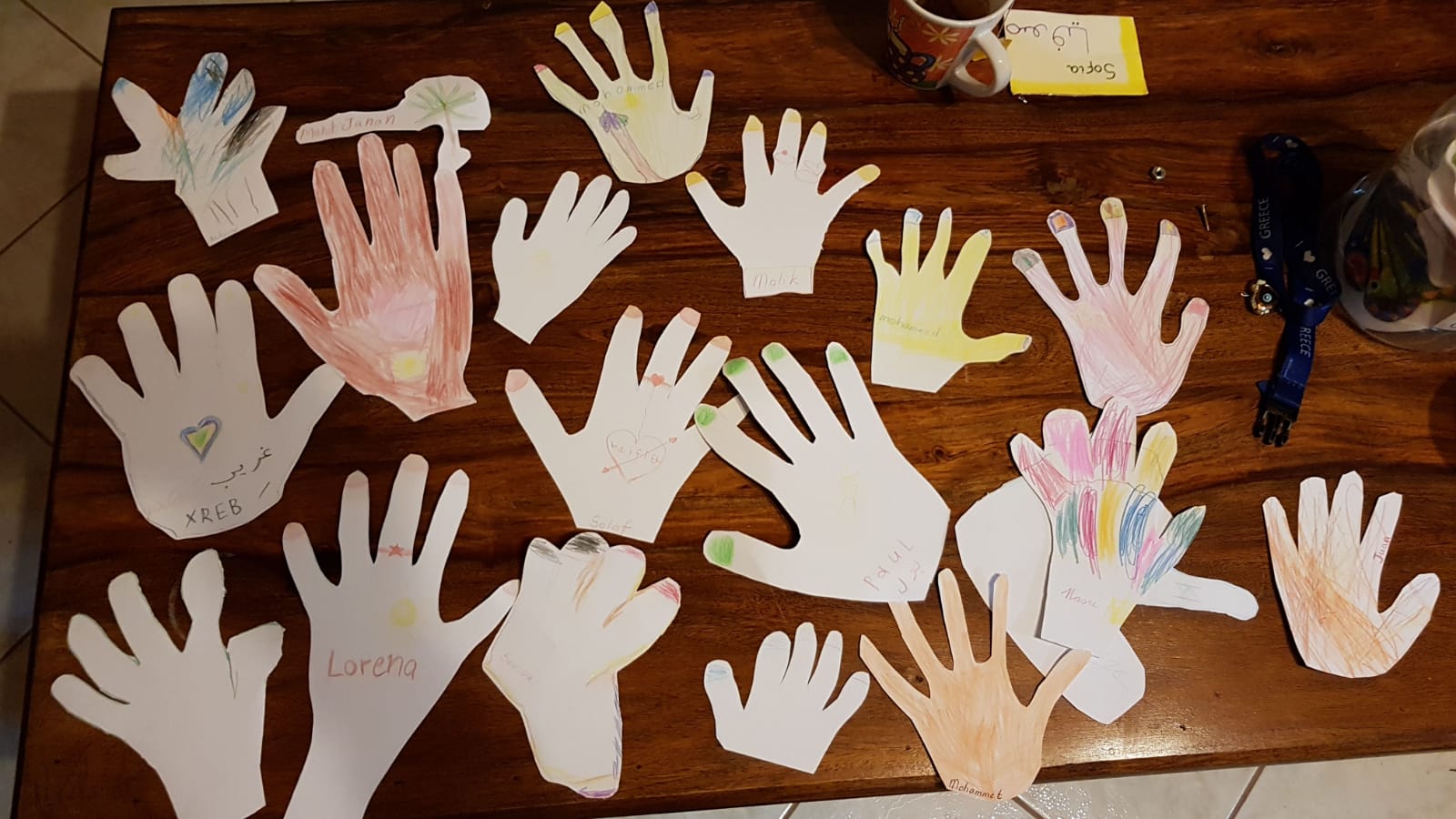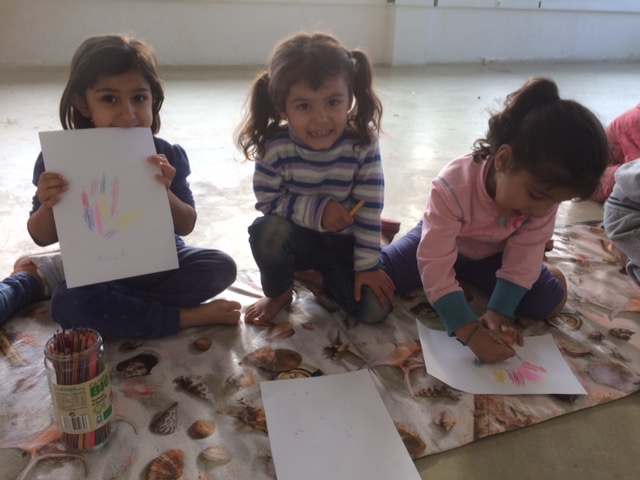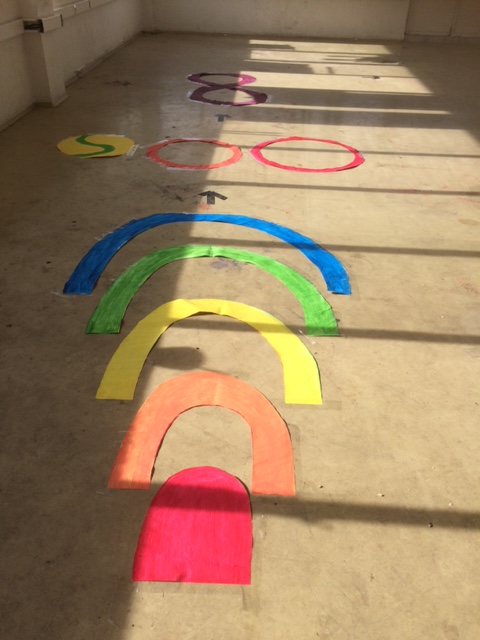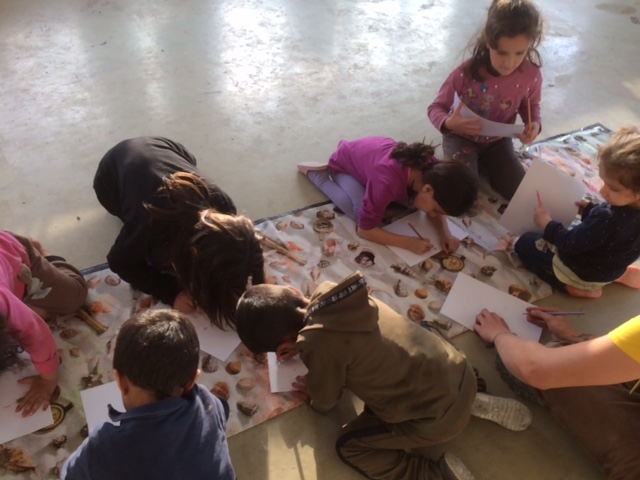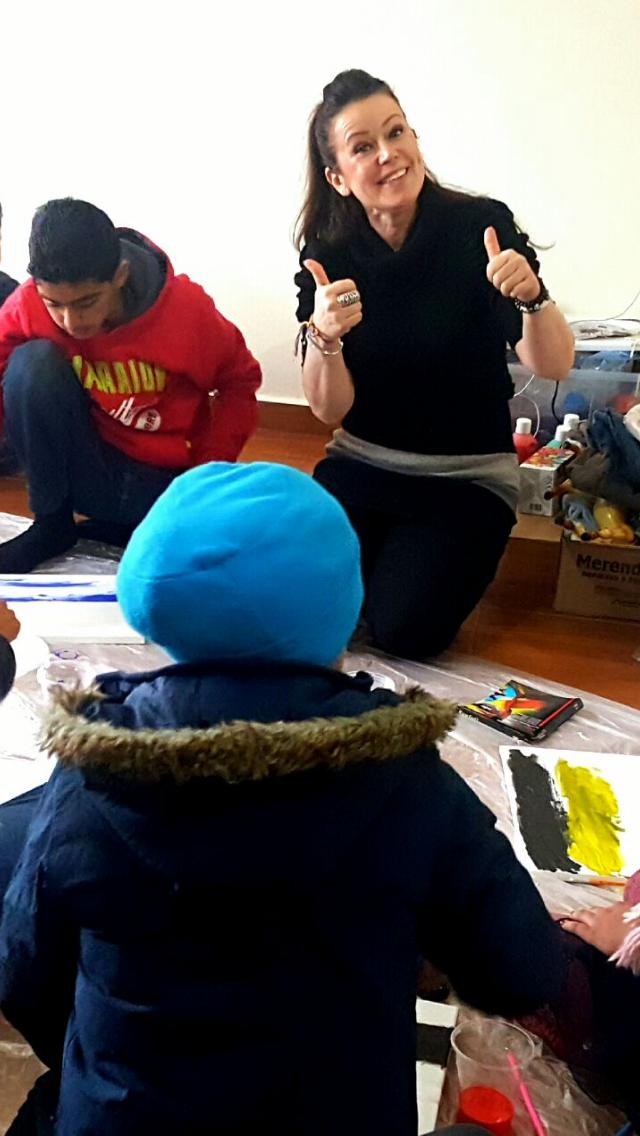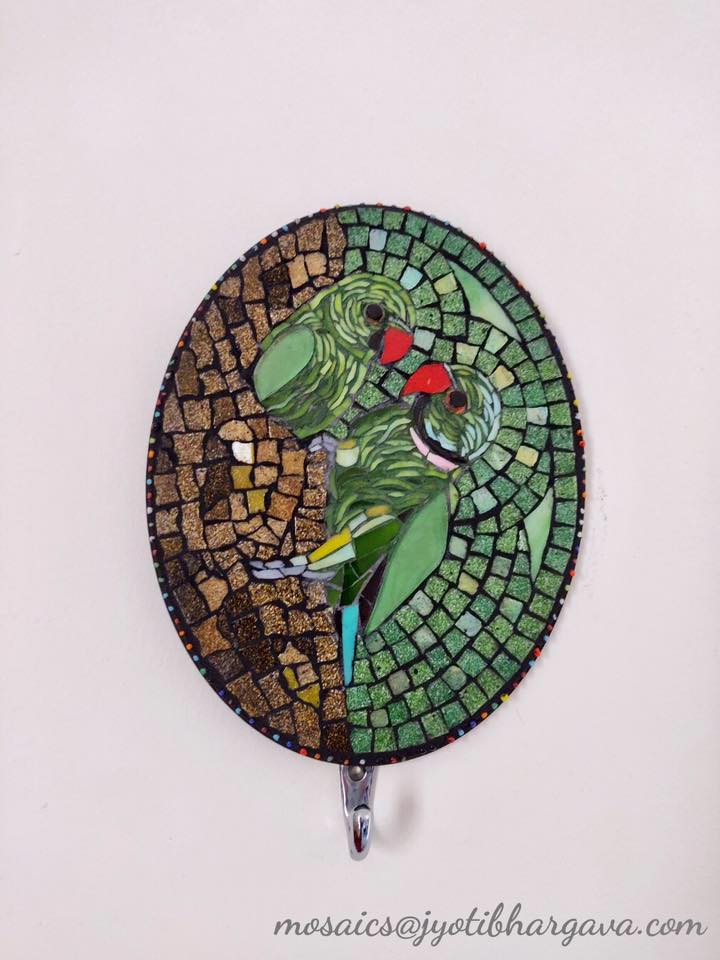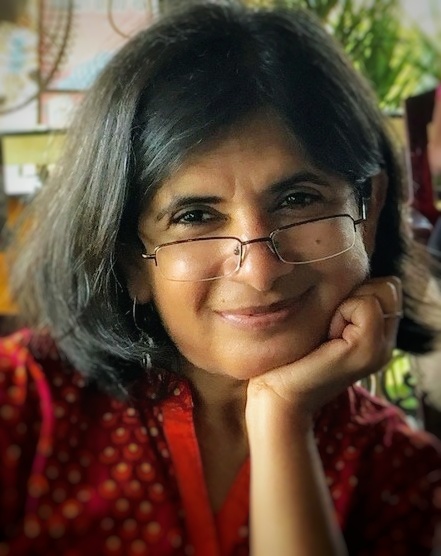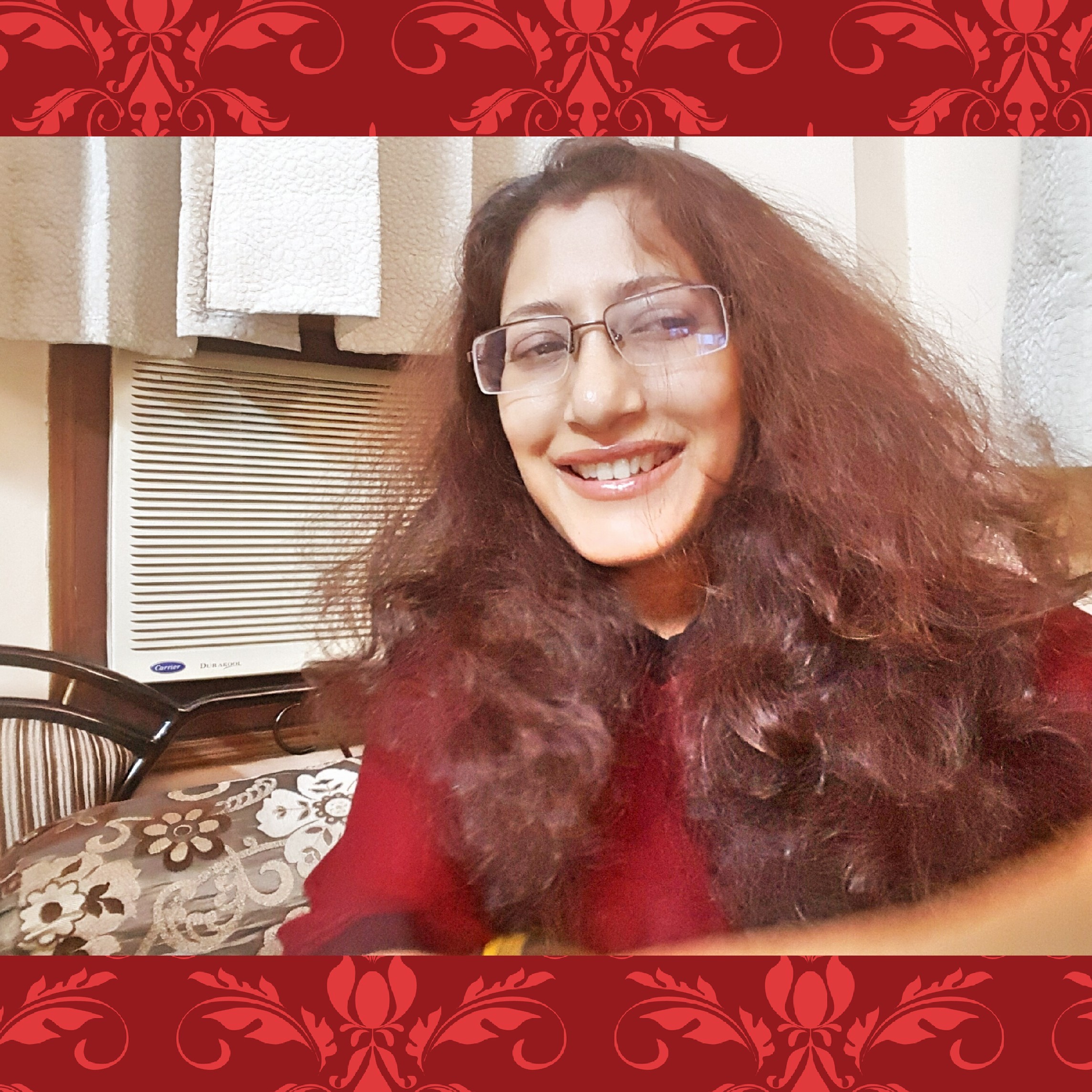A few days ago, searching for skeletons in my cupboard, I came across this pinkish red, rectangular piece of paper. One side had serrated edges, as though it had been torn out of a larger piece. The paper read –
NAME : Bharat Shekhar
ACCOMMODATION : MA-2A.
I stared blankly at it, no recollection whatsoever of what it was about. But as they say, sometimes you just have a gut feeling that you are looking at something important. In this case, it was more a butt feeling. My butt was trying to tell me something.
I turned the paper over, and memory came flooding in. On the other side was printed, “Please tear this portion and insert it in the plastic tag attached to your cushion, which will be allotted to you in the meditation hall.”
Aah! No wonder I had a butt feeling. This paper was proof that for ten days my butt and the aforementioned ‘cushion’ had almost become a continuation of each other for ten plus hours a day – a torture that slowly turned to acceptance and then into a feeling of quiet (and quite numb) achievement.
OK. So, let me get to what this is all about. Last year, I attended a ten day Vipassana course July 1-10, Jaipur, bang in the middle of a heatwave. Not the most clement of time to be without any air conditioning, that too, in close confines with 150 other profusely sweating bodies, trying to stay absolutely quiet and still and observe one’s breathing and/or sensations. To add to it, outside, in the surrounding Aravali hills, the peacocks and peahens would be screaming their heads off pleading to the rain gods. To mere mortals, their cries sounded like petulant, ‘Mein hu! Mein hun! (I am! I am!)’, a reminder of our egos, just when we were trying to forget them.
In the final count however, the physical discomfort, the mental distractions, the vow of silence, the abstinence, all added to and became a part of that experience that was far greater than its parts, that gestalt called Vipassana.
But again I get ahead of myself. So let me describe the movement step by step. Ever since I had heard about Vipassana’s rigorous meditation regime from a practicing, enthusiast friend, more than a decade and a half ago, I had been instinctively drawn towards it. When I found out that it was entirely non-denominational, non religious and rationalist, that longing to attend a course and experience it myself became an itch.
However, laziness and other circumstances intervened and it was only last year that I finally got to fill out the online form. I realised the true magnitude of that operation when I saw there that there were over 165 Vipassana centres dotted all over the world. All were run entirely by volunteers, did not charge anything from the participants (not even for board and lodging), and depended entirely on donations. They did not want to spread, or propagate any religion or ideology apart from the meditation practice itself. For more details, you can check out https://thali.dhamma.org/
So it came to pass that I packed my rucksack, and found myself at the Jaipur Vipassana Thali (centre), on a hot afternoon on the first of July 2018. Looking at the other people registering (average age mid twenties), it was clear that I was in the ‘Uncleji’ category. The Centre (Thali) was tucked away in a verdant bowl of the Aravalis, the haunt of langoors, peacocks, peahens, and (allegedly) a leopard too. It covered several acres of prime property with a few large buildings that included the dining halls (two), the prayer halls (four) and a grand pagoda. Apart from these, the property was dotted with small structures, which turned out to be double rooms that would be the participants’ homes for the next ten days.
Clearly a well oiled operation, it was run entirely by volunteers or Sevaks, who looked after all the activities and needs of the participants, which were many and varied. They ranged from answering queries to serving food, collecting laundry to be cleaned to running the projector for the daily hour long pravachans (talks) by SN Goenka, the person who had popularised Vipassana. The teacher who led the meditations was also a volunteer.
So what was the whole hullabaloo about? Let me quote from the horse’s mouth, their site https://thali.dhamma.org/vipassana.shtml :
“To learn Vipassana it is necessary to take a ten-day residential course under the guidance of a qualified teacher. The courses are conducted at established Vipassana Centres and other places. For the duration of the retreat, students remain within the course site, having no contact with the outside world. They refrain from reading and writing, and suspend any religious practices or other disciplines. They follow a demanding daily schedule which includes about ten hours of sitting meditation. They also observe silence, not communicating with fellow students; however, they are free to discuss meditation questions with the teacher and material problems with the management.
There are three steps to the training. First, the students practice abstinence from actions which cause harm. They undertake five moral precepts, practicing abstention from killing, stealing, lying, sexual misconduct and the use of intoxicants. The observation of these precepts allows the mind to calm down sufficiently to proceed with the task at hand. Second, for the first three-and-a-half days, students practice Anapana meditation, focusing attention on the breath. This practice helps to develop control over the unruly mind.
These first two steps of living a wholesome life and developing control of the mind are necessary and beneficial, but are incomplete unless the third step is taken: purifying the mind of underlying negativities. The third step, undertaken for the last six-and-a-half days, is the practice of Vipassana: one penetrates one’s entire physical and mental structure with the clarity of insight.”
And thus it came to be, that I found myself in room MA2, a tiny unit with two beds, a ceiling fan and an attached bathroom. In complete silence. The only thing that made a noise was the fan, or the bed creaking occasionally, or the peacocks and peahens mournfully but unsuccessfully calling out for rain.
Every morning, at about 3.45 am a volunteer went around the rooms, gently tinkling a hand held bell, which served as a bell to wake up the volunteers. From then onwards till 9.30 pm, it was (with three short breaks for food and rest), meditation, meditation and meditation, totalling to about ten hours.
I will not bore you with chronological details, just a few brief impressions, about how it went for me. I can broadly divide it into three phases, death of the idyllic and idealised picture, stare into the void, and rebirth.
In the first phase, all those idealised notions of miraculous, heavenly meditation that would cure one of all past life baggage and ills, solve lifelong existential questions and so on, got peremptorily and rudely thrown out of the first available window of the meditation hall. A few fans desultorily whirled above. It was awfully hot to be enclosed in a hall with 100 other profusely sweating bodies (all male as there was strict segregation). Sitting in the lotus position, the back drooped like a limp lettuce. Without any back support, the spine arched into an aching curve. The legs fell sleep, while the rest of you only wished that it could. After a while, all these discomforts were dwarfed by the pins and needles (which in time, assumed the size of scimitars and knives) that were seemingly being driven into the backside by some invisible but malevolent meditation devil.
This was only the physical part. The mental disintegration was even more extreme. It was almost impossible to stay in the present and focus calmly on the breath for more than a few seconds, before every useless, negative thought, worry and fear came flooding in. This was the second phase, ‘the dark night of the soul’, and one tossed and turned both mentally and physically, wishing one was anywhere else but(t) here.
However, we had been warned in advance (by the teacher and the nightly videos of SN Goenka) about this phenomenon. It was normal, and one had to cross these stages to reach the third. After the third day, which was the worst for most people, the negativity soon eased. There was a calm(er) acceptance of discomforts, both mental and physical, and greater ability to focus on breath and sensations. There were moments of euphoria, when the whole body and soul combined in one unity and soared high above in the heavens. New solutions suddenly presented themselves to ancient problems. There was a feeling of sudden camaraderie and love for all humanity. Sigh. We had been warned against this opposite extreme. The aim of Vipassana was not to get a ‘high’, but to aspire for equanimity, and achieve an equipoise which accepted both good and bad sensations with equal detachment. Tough task, but over the course of these ten days of simple living, one began to be aware that this was a worthy ideal to aspire for. As an aside here, it is easy to want to be detached from ones negatives – all those fears and worries, but it is much more difficult to not be attached to ones feel good factors. There were moments of that calmness (tip of the iceberg), and a feeling if the benefits were to attach, it would have to be a lifelong practice, not just a one off, but a daily one. To really get the feel, you have to experience it. As they keep emphasising: Vipassana is entirely experiential. Words cannot do it justice. You have to sit through it, breathe and feel it in your pores, in your senses to even begin to get it.
Oh, and before I end (somewhat hurriedly, as one could go on and on and on), you may not have noticed but a part of the title of the piece was ‘A tale of two beards’. So let me throw some light on that mystery. One of the beards was mine, a rapidly whitening French beard, sometimes sported by the English speaking ‘elite’ of this country.
The second beard belonged to my roommate, the one I shared the room with for those ten days. He came in somewhat late on the first day and I groaned mentally, partly because by then I had been hoping that I would have a single occupancy, and partly because of his appearance. If I was of uncleji age, he belonged to the granduncleji phase of his life. In his mid 70s, the man was very short (below five feet), and so bowlegged that he swayed from side to side with every step he took. He was clad in a saffron robe and carried a tattered thaila (bag) from which I could see another garua vastra peeping out. He gave off such strong emanations of Amla tel and Dant Manjan that they almost surrounded him like an aura. He had thick bristling eyebrows, white hair tied in a topknot, a Sadhu’s flowing beard, which he also tied in a knot, and an expression of the sort that reminded me of Durvasa, the perpetually displeased sage.
I wonder what impression he formed about me. From his expression, it certainly could not have been very favourable. Anyhow, that’s how far our communication went for the next nine days, as we were not meant to talk or even look at each other. Before we wound up very night, there was a recorded video talk by SN Goenka (the man who popularised this practice the world over). In these talks, using popular idiom and language, he often tore apart the superstitions of religious beliefs, especially things like blind faith in rituals and the harm they did to true spirituality. Post these, when we returned to the room to sleep, I thought I could espy a troubled expression on my roommate’s face. “Ah,” I conjectured smugly, “his traditional beliefs are being challenged and he does not like it. Good.” On the sixth night, I woke up to find him feverishly reading (though we had been told to keep no reading or writing material) in torchlight from a pamphlet titled ‘Tarak Mantra’ and reciting something over and over, under his breath. In my mind, this confirmed the ‘fact’ that he was a traditional, reactionary sadhu who was getting his comeuppance by having to reexamine his precious casteist beliefs rather late in life.
On the tenth day we broke the silence and participants were allowed to talk to each other. That’s when the walls of misconceptions that we had formed about each other came crashing down. For instance, (due to my bulk and the cut of my beard), he had thought I was either a businessman (aka gold smuggler) from Dubai, or an actor who did ‘negative’ roles in TV serials. Haha. Then he introduced himself as a Mahant or temple keeper from a small hamlet called Ravat Bhata near Kota. Far from being hurt by Shri Goenka challenging traditional beliefs, he waxed eloquent about how much sense he had disseminated in his videos, and how important it was to have a ‘modern’ view in life. At this point, he simpered a bit and said that he also used to give weekly talks (pravachans) in his temple, talks that he blushingly admitted were largely attended by ‘ladies’. Now, he was running out of material for them, and part of his reason for attending this course was to get inspiration from Goenka’s speaking technique and ‘borrow’ some of his style and content. His parting request to me was to procure some joke books and send them to him, so that he could deliver better punchlines in his pravachans to the ladies.
So much for those impressions that we form about each other. This apart from the Vipassana technique was the other valuable life lesson I learnt. We are so much in haste to form opinions about, judge, and put each other in prefabricated moulds of appearances that we forget each one of us is far more, and far different in reality. Each and every one.

